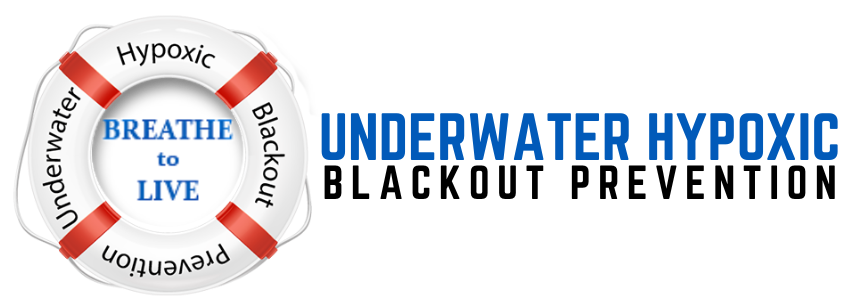After a decade of dedicated research and development, we are thrilled to see the launch of a groundbreaking scanning app—Dr. Tom’s Lifeguard Vision! This innovative app is not just another addition to the digital landscape; it is a unique tool designed to empower parents, caregivers, and lifeguards to detect drowning incidents more effectively, potentially saving lives.
Children and Shallow Water Blackout
It’s Not Just About Elite Swimmers, Freedivers and People Who Spearfish. Children Are Equally Susceptible to Shallow Water Blackout Too!
According to the World Health Organization there are over 375,000 drownings annually and it is the third leading cause of all unintentional deaths worldwide. Even though awareness about SWB is increasing, but slowly, experts believe that it remains the cause of more than 50% of all unintentional drownings worldwide and regrettably children are among its many victims. One in five people who die from drowning are children 14 and younger. The Centers for Disease Control reports that for every child who dies from drowning in the U.S., another five receive emergency department care for nonfatal submersion injuries. Most drownings occur is private or public pools.
SWB occurs when the swimmer prolongs their breath holds underwater preceded by hyperventilating, which is the rapid and successive in-take of deep breaths and the expulsion of the air taken in. This is considered intentional hyperventilation and it is usually practiced for a minute or more. Excessive physical activity such as playing tag or just running around in the yard or playground immediately prior to swimming can have the same physiological effect on the body. This is considered unintentional hyperventilation.
Unless a SWB victim’s pre-swimming activities are known it is almost impossible to assign SWB as the cause; therefore, related drowning victims are simply labeled as accidental. Although it can happen at any depth many SWB victims drown in water less than 15 feet deep, hence the name.
How Can SWB be prevented:
Always monitor a child’s pre-swimming activities and require them to rest before swimming if they have been over-exerting themselves physically.
Never let children swim unattended or alone.
Never permit them to intentionally hyperventilate when they are swimming.
Never permit them to prolong their breath-holds or play breath-holding games when they are swimming.
Examples:Challenging each other to see who can stay under water the longest or trying to do so themselves.
Challenging each other or themselves to swim the most laps underwater.
Remember, Shallow Water Blackout is preventable and we strongly encourage all parents to follow the above guidelines.
Young Boy Saves Teen From Shallow Water Blackout
Staff, swimmers at Palo Alto pool credited with saving teen's life.
Photo and article from Fox affiliate KTVU, Fox2
PALO ALTO, Calif. (KTVU) - Staff and swimmers at a Palo Alto country club are being credited with saving the life of a 17-year old boy. They say he nearly drowned, after blacking out at swim practice.
Austin Chase wasn't breathing when staff members pulled him out of the pool. And while they had never dealt with anything quite like this before, they had trained for it..read more
Elite Swimmers' Worst Nightmare
Even Leisure Pools Need Signage
This month Shallow Water Blackout Prevention is petitioning several pool clubs in the Greater Atlanta area to post signage on their pool decks to warn patrons about the dangers of prolonged underwater breath-holding.
A great friend sent us this photo of a sign that was recently posted at Cherokee Town and Country Club in Atlanta, Ga. We applaud the folks at this club for setting the standard in pool safety.
photo courtesy of Carolyn Wills
We ask that all of our friends and followers consider petitioning YOUR area pool clubs to do the same. If you would like an official letter request sent from our organization to a club or group in your area, please email your requests to britt@shallowwaterblackoutprevention.org
Have you seen a SWB warning sign at your pool?
Snap a photo!
Email to britt@shallowwaterblackoutprevention.org






